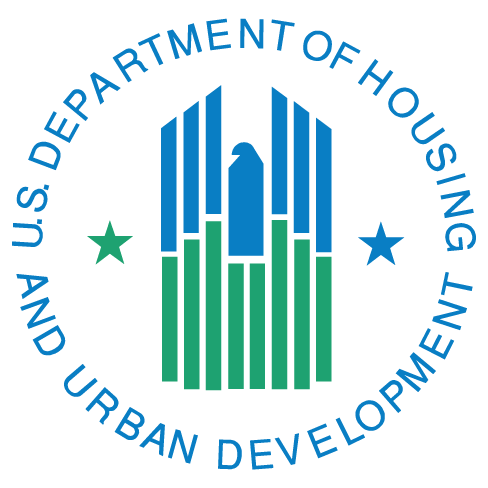VAWA Forms Issued by Office of Multifamily Housing
Dec 19, 2016
 HUD’s Office of Multifamily Housing Programs issued four model forms that owners and managing agents of HUD-assisted private housing must use to comply with the “Violence Against Women Act” (VAWA) final rule published in the Federal Register on November 16 (see Memo, 11/21). RHIIP Listserv Posting #373 explains that these are model forms that owners/agents may customize as long as they contain the same information and language contained in the model forms.
HUD’s Office of Multifamily Housing Programs issued four model forms that owners and managing agents of HUD-assisted private housing must use to comply with the “Violence Against Women Act” (VAWA) final rule published in the Federal Register on November 16 (see Memo, 11/21). RHIIP Listserv Posting #373 explains that these are model forms that owners/agents may customize as long as they contain the same information and language contained in the model forms.
The forms are:
- VAWA Appendix A: Notice of Occupancy Rights Under the Violence Against Women Act, form HUD-5380, http://bit.ly/2gPjqr5
- VAWA Appendix B: Model Emergency Transfer Plan for Victims of Domestic Violence, Dating Violence, Sexual Assault, or Stalking, form HUD-5381, http://bit.ly/2gPl6kw
- VAWA Appendix C: Certification of Domestic Violence, Dating Violence, Sexual Assault, or Stalking and Alternate Documentation, form HUD-5382, http://bit.ly/2hp72Po
- VAWA Appendix D: Emergency Transfer Request for Certain Victims of Domestic Violence, Dating Violence, Sexual Assault, or Stalking, form HUD-5383, http://bit.ly/2hKoHBJ
The Notice of Occupancy Rights model has eight pages explaining that VAWA provides protections for tenants of HUD-assisted housing programs and for people applying for housing assistance who are victims of domestic violence, dating violence, sexual assault, or stalking. Applicants for assistance cannot be denied admission or assistance, and existing tenants cannot be denied assistance, be terminated, or be evicted because they are or have been victims. The Notice of Occupancy Rights also makes clear that if a person or an “affiliated individual” (such as a spouse, parent, sibling, etc.) is or has been victimized by a member of the household or a guest, the victim may not be denied rental assistance or occupancy solely on the basis of criminal activity directly related to that domestic violence. A housing provider may divide a lease in order to evict or terminate the assistance of someone who engaged in criminal activity directly related to domestic violence, while enabling the victim and others in the household to remain.
The model Emergency Transfer Plan explains that a victim of domestic violence, dating violence, sexual assault, or stalking may request an emergency transfer to another unit. Someone is eligible for an emergency transfer if they reasonably believe that there is a threat of imminent harm from further violence. Also, if a tenant is a victim of sexual assault, the tenant may be eligible to transfer if the sexual assault occurred on the premises within the 90-calendar-day period prior to a request for an emergency transfer.
RHIIP Listserv Posting #373 states that between December 16, 2016 when the new VAWA provisions take effect and December 15, 2017, owners/agents must give each household the Notice of Occupancy Rights and the Certification form during the annual recertification or lease renewal process. If there will be not recertification or lease renewal during this first year, an owner/agent must still provide households these two forms through some other means. Beginning December 16, 2017, owners/agents must provide the Notification of Occupancy Rights and the Certification forms to applicants when assistance is being denied or at the time the new household moves into the property.
Owners/agents must develop and implement an Emergency Transfer Plan by June 14, 2017, using the model form as a guide. Owners/agents may require tenants seeking an emergency transfer to provide a written Emergency Transfer Request. If owners/agents do so, they may use the model form.
Information about the housing needs of victims of domestic violence, sexual assault, dating violence, and stalking is on page 6-1 of NLIHC’s 2016 Advocates’ Guide at: http://bit.ly/2hKibuW